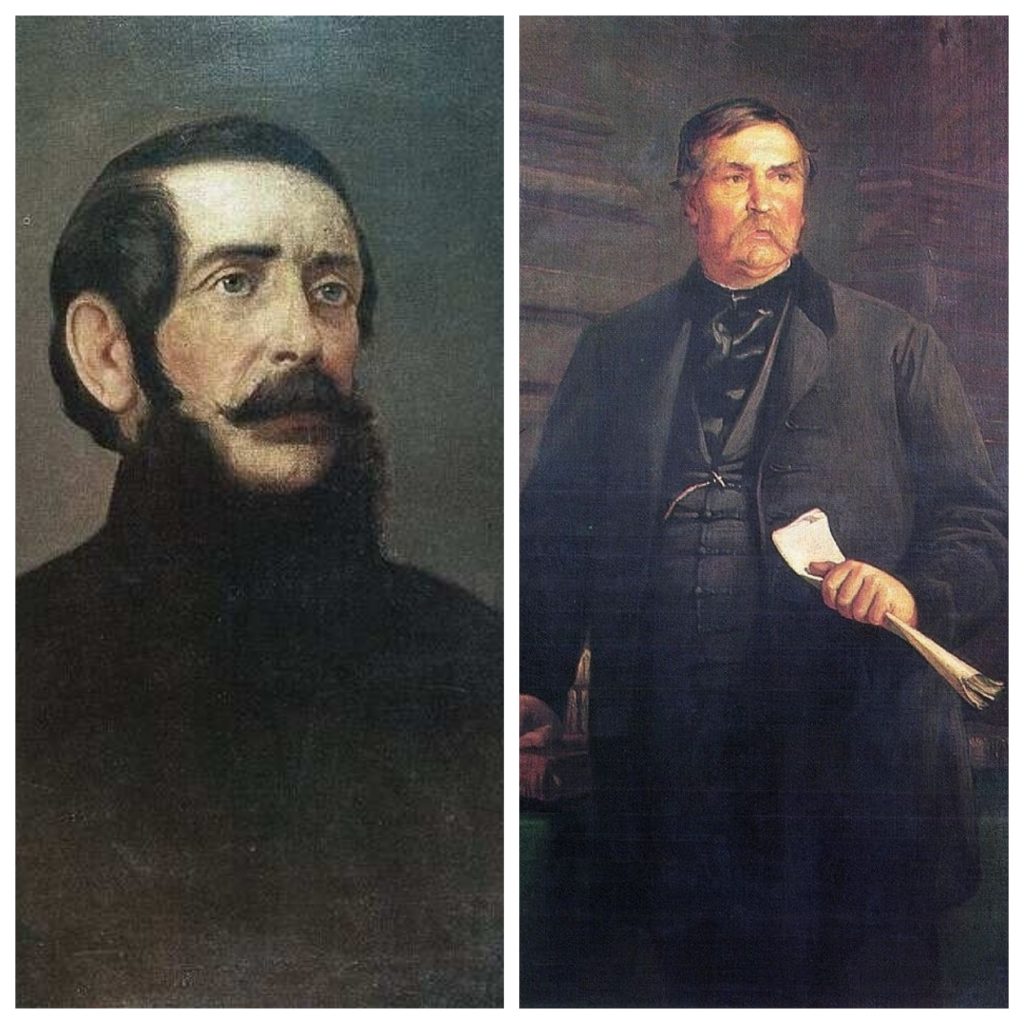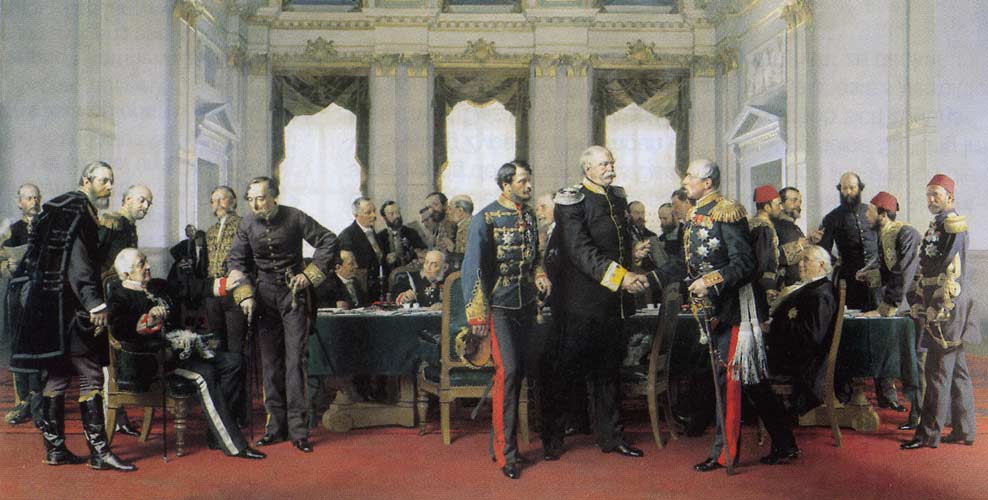The 1867 Compromise that made Hungary a great power for the last time

Today Hungary is a relatively small country with approximately 10 million inhabitants and 93 square km. However, 152 years ago it became part of a European great power enabling the Hungarian political leadership to take part in solving the hottest conflicts of the continent and thus, the world.
Hungary has not been independent since 1526
During the reform era (1825-1848) the Hungarian political leadership fought for two extremely important ideas: the autonomy of their country and the development of Hungary. However, for the Habsburg rulers of Hungary, an industrialised and autonomous country within the Empire was not desired, so a conflict of interests was inevitable.
When the revolutions of 1848 broke out, Hungary chose as much freedom as possible and transformed its relationship with Austria to a personal union which meant that the two lands were connected only by the Habsburg monarch. Even though King Ferdinand V signed the relevant bills, he was later forced to resign and Franz Joseph I crushed the Hungarian revolution with Russian help. We outlined the retaliation and the execution of the 13 Hungarian generals and first PM Lajos Batthyány HERE.

Habsburgs or ethnic minorities?
Some of the former leaders of the revolution and freedom fight like Lajos Kossuth, 2nd PM Bertalan Szemere or general Joseph Bem left the country, while others, like István Széchenyi, Ferenc Deák or military leader Artúr Görgei remained. Hungary was placed under martial law, its constitutional and territorial integrity were abolished and German became the official language. The answer of the Hungarian society was passive resistance, those who regarded themselves a patriot did not accept any public offices.
In the 1850s and 60s, the Habsburg dynasty suffered one defeat after the other. They lost their territories in Italy and were not able to baulk the country’s unification. Furthermore, the German Empire was created by the Hohenzollern Prussia, not by the Habsburgs. In Hungary, many thought that this is the time to reach an agreement with Fran Joseph and thus, allow Hungary to join the great powers. Others said that the Hungarian political leadership should agree with the traditional ethnic minorities of the country (Romanians, Serbs, Croats, Slovaks) instead of the Habsburg emperor and create a federal state to avoid future ethnic conlicts. The former was led by 1848 minister of justice Ferenc Deák, while the latter by László Teleki and supported by Lajos Kossuth.

Economic growth and deepening conflicts
Deák won and in 1867, after long negotiations, Franz Joseph and Ferenc Deák signed the Compromise which was ratified by the Diet of Hungary in May. Deák believed that Hungary cannot exist independently between the Russian and German empires, therefore, it needs the dynasty and the framework of the Habsburg Empire. The Compromise created a dual monarchy, Hungary had four important institutions in common with Austria: the king, and the ministries for foreign affairs, war and finance. Regarding internal affairs like education, jurisdiction or religion, Hungary regained its freedom.
Scholars say today that the Compromise was logical those days; however, it created a rigid system that – mostly because of the later Hungarian leadership – was not able to deal with the problems of ethnic minorities or social injustices. Kossuth warned about these even before Deák signed the treaty in his famous Cassandra-letter and in the long run, he was right.
However, in the 1870s and 1880s, such problems were hidden by the enormous economic growth and cultural development Hungary went through thanks to the Compromise. Gyula Andrássy, the first PM after 1867 became Foreign Minister of Austria-Hungary and thus, he became one of the few important leaders of the continent. Budapest and many other cities were reborn during this period. Most buildings we admire today were erected between 1867 and 1918, in the era of the dual monarchy like the Parliament, the Heroes’ Square, the Andrássy Street, the St Stephen’s Basilica or the Opera House.

Featured image: the apex of the Compromise, the coronation of Franz Joseph I and his wife, Sisy in 1867. Everybody hails.
Photos: commons.wikipedia.org
Source:






Excellent article, thank you.